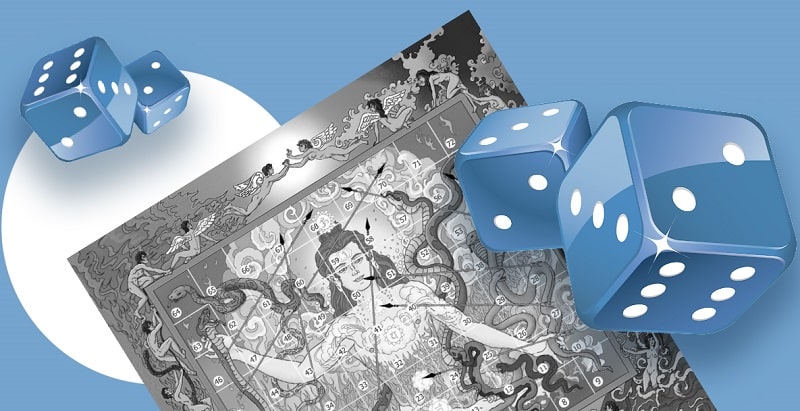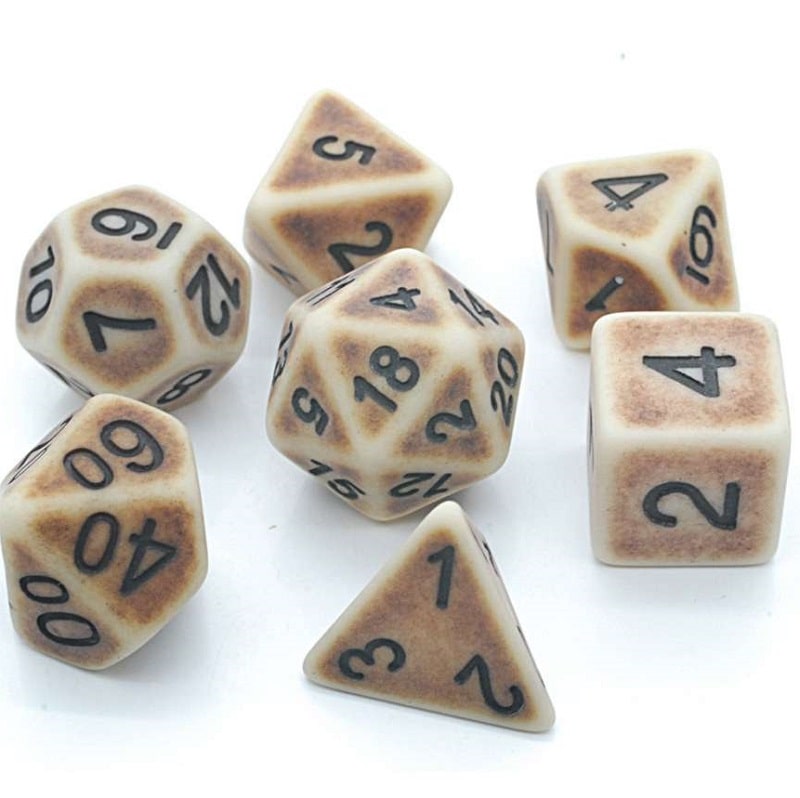Dice is believed to be the progenitor of all games of chance. Despite their centuries-long history, they remain a popular form of entertainment. They are played in casinos and at home.
Versions of the game
There are several versions of the dice’s origins. Historians are still arguing how they came to be.
One story has it that the dice were first used as sacred or magical objects. They were used to carry out divination. Depending on the combination of dice combinations, they predicted the future. Some scholars think that the bones were invented by the Indians, others attribute their creation to the Egyptians or the Greeks.
Bones have been found during the excavation of Sumerian settlements dating back thousands of years BC. They have also been found in Egyptian tombs. Images of people playing dice were found in the tombs. The use of dice in ancient times is also evidenced by figurative diagrams on the roofs of Tibetan houses.
According to one version, the transformation of ritual dice into gambling paraphernalia occurred thanks to Greek Palamedus. Researchers cite his tragedy Sophocles as proof. It describes that the army knew how to play both draughts and dice.
There is another theory about the origin of knuckles. It claims that the inventors were the Lydians. They lived in Asia Minor when Atys was the ruler. The Lydians played dice as a distraction during a period of terrible famine.
In all versions, the dice were made from animal remains. The dice began to be forged as soon as they were used as playing instruments. The most popular variant is weighing down one side of the dice. When excavating Pompeii, archaeologists found just such dice.

The popularity of dice in European countries
The church was against dice in the Middle Ages. The ban on their use was lifted at the end of the 14th century. Previously, they were played by pirates and sailors. Their former popularity was revived when they were entertained in English pubs. This happened in the XV century. After the pubs, dice were first played in English, and then in French salons and hotels. Gradually, it became popular in America, too.
Later, in XVIII century, dominoes came into being. It is a kind of dice. Its homeland is China. It is played even today in different countries, including Russia. On our territory archeologists found playing cubes that date back to the pagan Rus era. This indicates that they were popular among the ancient Slavs. In the sixteenth and seventeenth centuries, the game of zern was played more often. White and black dice were used in it. In Russia, dice were more popular among peasants, and in Europe – in high society.
Types and development of dice
Dice have evolved over the centuries to their present form. At first they were made from underfoot joints of animals which became the prototype of asymmetrical four-sided dice. Later, they were made using:
- stones;
- fruit pips;
- wood;
- nutshells;
- precious metals.
Rich people often played with porcelain knuckles. Some preferred ivory or silver dice. Their modern version is mostly made of plastic.
In Iran, archaeologists found dice shaped like a pyramid with four faces. Astragals were played in ancient Greece. They too had four faces, but the markings were in the form of indentations. In China, bones have been found that most closely resemble the modern version. They had 4, 5, 6, 20, 24 facets.

